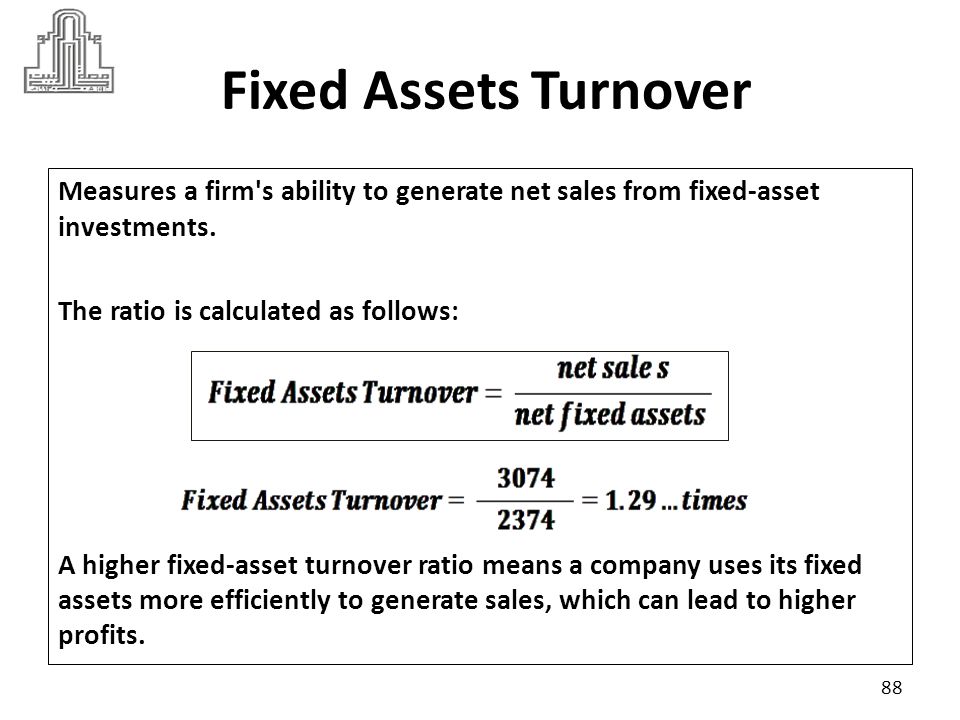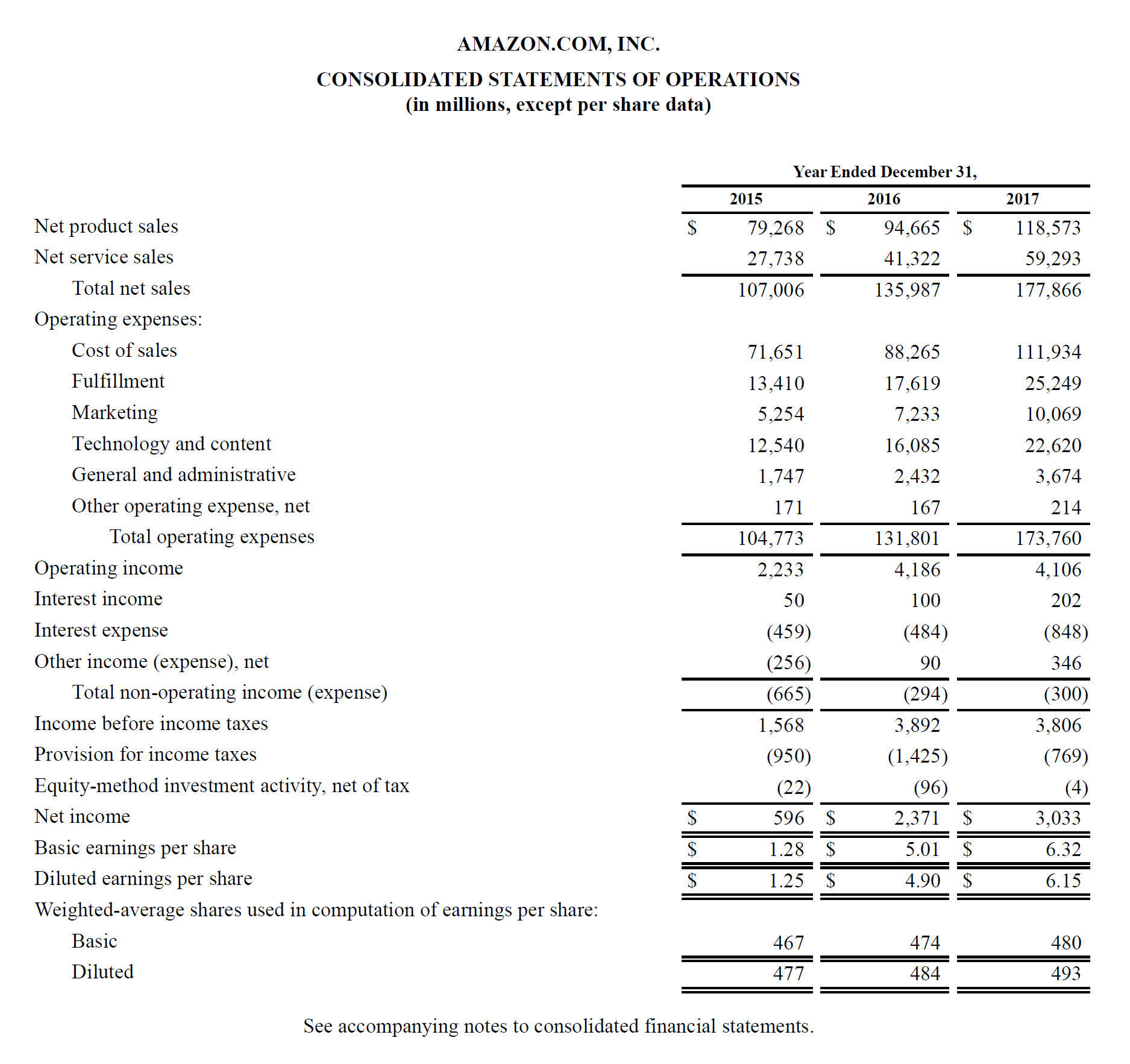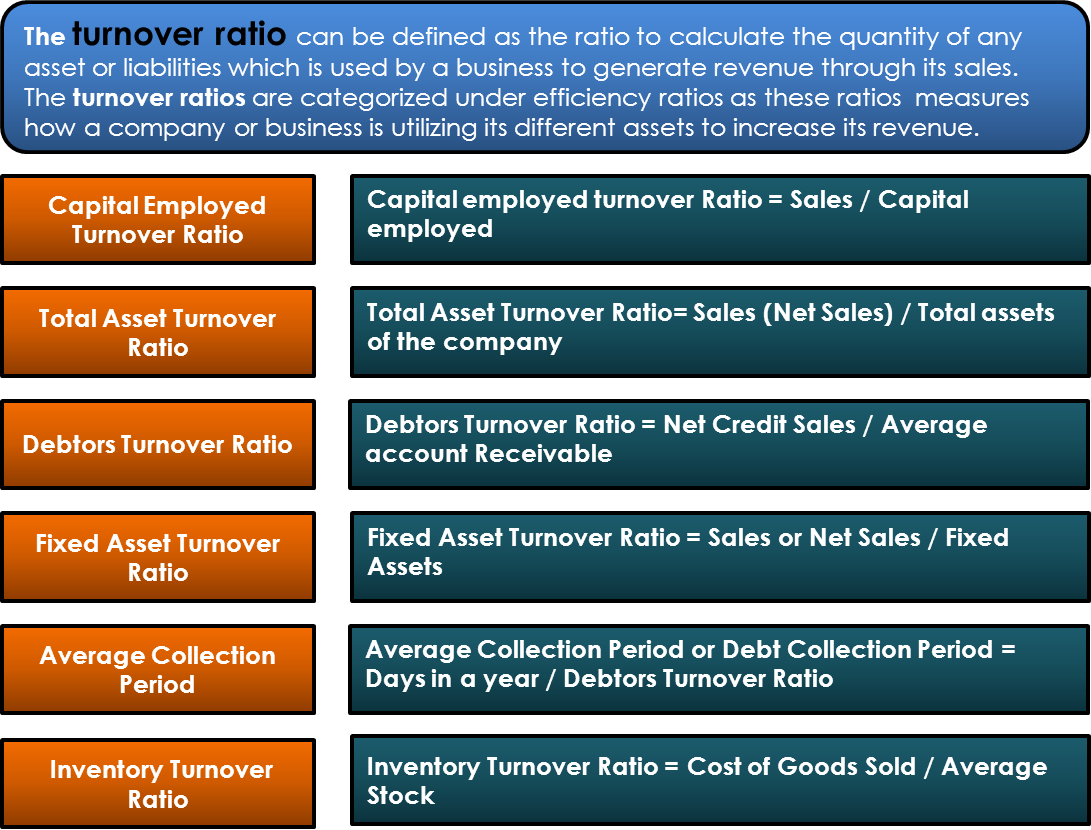

In addition, we also need to compare it with peer companies or industry averages to provide deeper insights.įor example, working capital turnover rose too high. We must understand the context and the reasons why this ratio is higher or lower than before. However, interpreting this ratio also does not have to be rigid. The company may overinvest in inventory and face an increase in accounts receivable, which causes an increase in obsolete inventory and an increase in bad debts. The company manages working capital less efficiently and generates less revenue. In contrast, a low ratio is less favorable. Thus, the company has more capital to grow the business and anticipate higher market demand in the future. Higher revenue can be reinvested into the business. Money flows in and out of business smoothly, and the company has more flexibility in its finances. The high ratio has the potential to support the company’s competitive advantage in competing in the industry. Thus, the company generates higher revenue dollars for each working capital used.

This is because it shows efficient management in managing short-term assets and liabilities.
#Capital asset turnover formula how to
How to interpret the working capital turnover ratio?Ī higher turnover ratio is generally better. By inputting the data into the first equation above, we get working capital 4 times ($100,000 /. On the balance sheet, the company reports working capital (after calculating it manually) of $30,000 in 2021 and $20,000 in 2020.

How to calculate working capital turnover? Because they do not have sufficient funds, they may be forced to liquidate assets to pay for it all. For example, the company has difficulty covering its financial obligations, such as paying suppliers and paying debts due in the near future. On the other hand, a lack of working capital can cause financial problems. Thus, it can increase profitability and support more revenue in the future. So, the company can use it to pay bills, increase working capital, or be invested. Ideally, the revenue can be immediately disbursed into cash. The higher the revenue generated for every dollar of working capital used, the better. This ratio connects the company’s funds for operations and its revenue.

How efficiently the company manages it, we measure it using the working capital turnover ratio. The company uses working capital to support sales and growth. In other words, the company’s working capital is positive. If current assets exceed current liabilities, the company has sufficient capital to finance day-to-day operations. Working capital equals the difference between current assets and current liabilities. Why is working capital turnover important? Examining them provides insight into how management can improve business operations. Management monitors cash flow, current assets, and current liabilities to maintain smooth business operations. Together with ratios such as inventory turnover, accounts receivable turnover, the working capital turnover ratio is a key metric in working capital management.


 0 kommentar(er)
0 kommentar(er)
